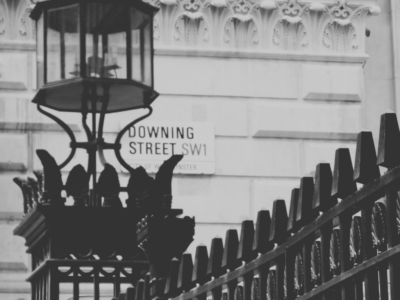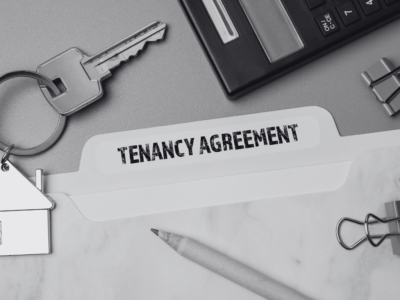Residential properties in the UK that offer investors the highest returns are those with three or more bedrooms, according to recent data from buy-to-let agent yieldit. Three out of the top five highest yielding properties fell into this category, producing NET yields up to 11 per cent, the recent data revealed.
This information was gathered from properties that were available through yieldit and indicated that properties that could house multiple tenants or large families could be a wise investment option for buy-to-let landlords looking to expand their property portfolios.
Returns on properties with three or more bedrooms were further increased on freehold properties compared to leasehold when there wasn’t a service charge in place and if the landlord chose to self-manage, according to the recent yieldit data.
The comparison between buy-to-let property types revealed that houses offered investors better returns than apartments. The average NET yield of a house was 6.4 per cent, whereas a studio apartment’s NET yield was 5.3 per cent and standard types of apartments produced a NET yield of 4.9 per cent.
When comparing the recent data, there was a marked difference between the average NET yields of one and two bedroom apartments. The average NET yield for a one bedroom apartment was 5.4 per cent, which translates to 1.4 per cent higher than a two bedroom apartment’s NET yield of 4 per cent, according to the recent data from yieldit.
This suggests that buy-to-let landlords could benefit from healthier rental yields when they choose to invest in one bedroom apartments, especially when they’re located in city centre property markets. This is likely because many couples find it difficult to pay for a spare bedroom, as the recent data revealed.
There has been an increase in the number of renters choosing to live in one bedroom apartments, or those choosing to rent a property as part of a larger group in a three or more bedroom property. Buy-to-let landlords could find themselves making healthier returns if they invest in these types of residential properties, according to yieldit.
When the data was broken down even further, one bedroom apartments that also had access to parking produced a somewhat lower NET yield of 5.2 per cent, compared to one bedroom apartments without parking, which produced a NET yield of 5.5 per cent.
The potential cause of the popularity of one bedroom apartments without parking among younger renters has been investigated by the government.
Speaking to the BBC earlier this year, Greg Marsden, commission chair of The Commission on Travel Demand commented: “Forecasts of future demand for future road use are highly debatable because they appear to be based on the sort of traffic growth we saw in the 1990s.
“We don’t have those levels of traffic growth any more. Many young people are happy to live their lives without a car – especially in big cities where public transport is good.”
The Commission on Travel Demand found back in July this year, that in the 1990s, on average 80 per cent of people were driving by their 30th birthday but today only 45 per cent are driving at this age and men under the age of 30 are travelling half the distances their fathers did.
As the popularity of taxi services like Uber are increasing across the UK’s major cities, as well as car insurance being expensive for young men, the result is that many younger people are avoiding owning a car, according to The Commission on Travel Demand.
This could mean that in the future, the government may choose to invest more in public transport and walking and cycling routes in cities where the driving rates are falling. Not only would this benefit the UK by reducing pollution and tackling climate change, but buy-to-let investors could use this burgeoning trend to carefully inform their future investment options.
The recent data from yieldit demonstrates how buy-to-let landlords can better inform their investment decisions. Ryan Hughes, head of sales at yieldit commented: “Deciding on what type of property to invest in is one of the biggest choices a landlord has to make.
“Houses suitable for families remain a popular choice, and yields can be significantly higher when you remove costs like ground rent, service charge and self-manage – however, it’s important to note that this type of property might require more work and unexpected maintenance costs could affect annual returns.”
“For those looking to invest in apartments, the data suggests that there is a growing demand for one bedroom apartments without parking. As environmental issues become more prevalent we can expect to see tenants opt for more environmentally friendly ways to travel and an unwanted parking space might push up the price for renters.”






















Comments